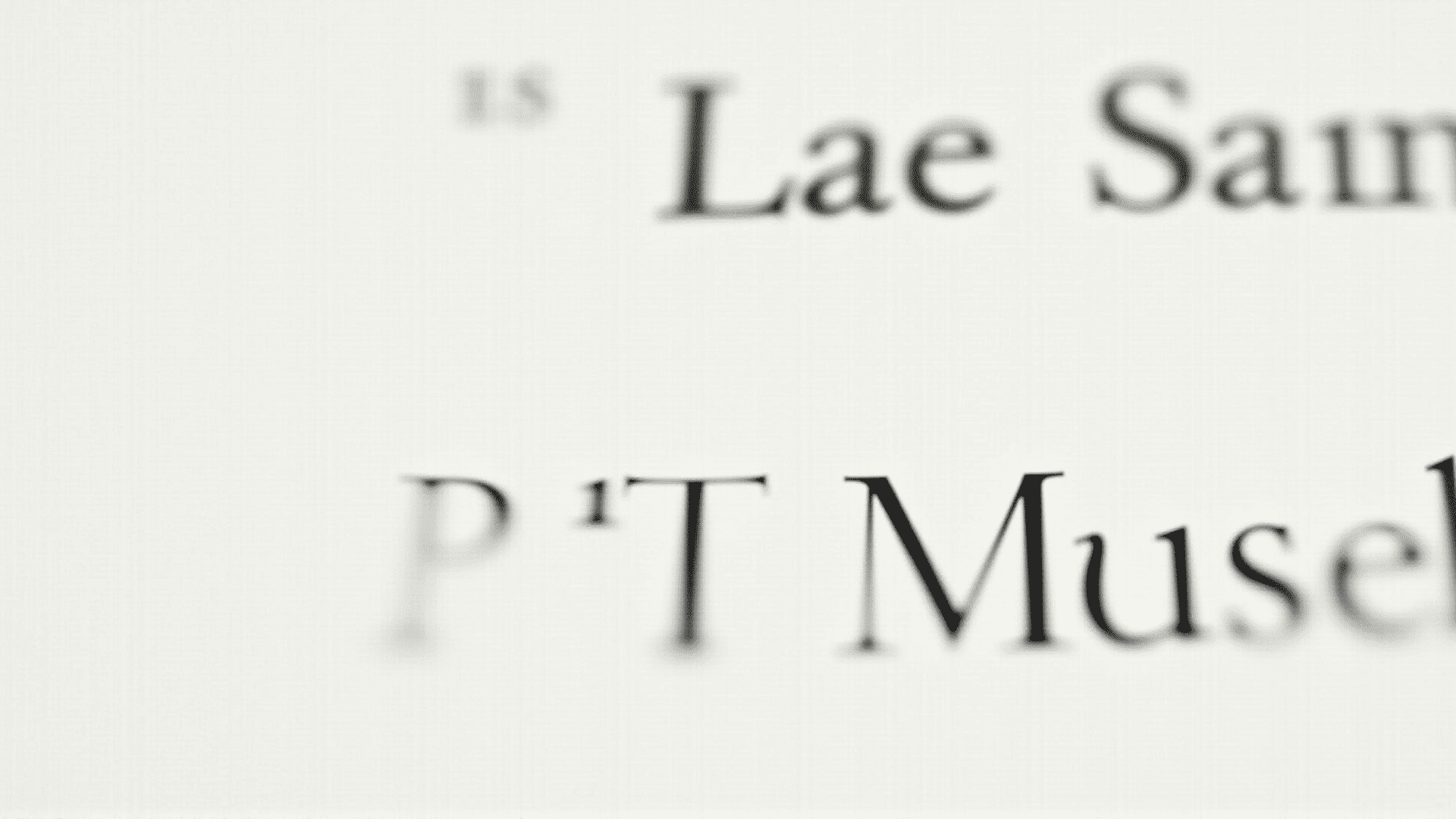Typography is an intricate craft that melds the art of arranging type with the science of making text come alive in a way that captures the eye and retains engagement. It's a skill that transcends simply picking a typeface; it's about orchestrating an elegant dance between letters, words, and lines on a page or screen to create visual harmony and effective communication.
At the heart of this art is the concept of legibility and readability. Legibility refers to how easily each individual letter or character can be distinguished from one another, which is largely influenced by the choice of typeface. Readability, on the other hand, pertains to how smooth the experience is for the reader, which is governed by the arrangement of text, including factors like line spacing, alignment, and even color contrast.
The history of typography is rich and fascinating, tracing back to the early days of movable type. Each era has brought with it new techniques and styles, from the ornate scripts of the Baroque period to the clean lines of modern sans-serif typefaces. These historical influences continue to seep into contemporary practices, offering a vast palette of possibilities for typographers.
Today, typography is an essential element of any project, serving as a silent communicator that can evoke emotion and convey a message before a single word is read. Whether it’s the authoritative tone of a serif typeface or the casual vibe of a rounded font, the choice of typography can set the stage for the entire narrative. It defines the atmosphere, creating the first impression and making the content welcoming and engaging.
In digital contexts, the role of typography is even more crucial. The constraints and freedoms offered by virtual space have led to innovative approaches, with responsive typography becoming a necessity. This involves ensuring that text remains clear and aesthetically pleasing across various screen sizes and resolutions, adapting to the viewing context while maintaining its integrity.
Furthermore, typography involves an attention to detail seen in micro-typography, such as kerning and leading. Kerning, or the adjustment of space between individual characters, can make or break a text block's visual appeal, while leading, the space between lines, affects readability and the reader’s comfort. Even the choice of hyphenation and justification settings can influence the flow of text and the reader's experience.
Color and typography also share a dynamic relationship. While black-on-white text is common for readability, using color strategically within typography can highlight important points, establish identity, and guide the reader's attention through content in a subtle yet effective manner.
In essence, typography is about striking a balance—between creativity and communication, between aesthetic and function. It's about finding the perfect alignment not just of text but of purpose and presence. For enthusiasts and professionals alike, the journey into the heart of typography is one of depth and discovery, transforming simple words into a complex, visual symphony.
